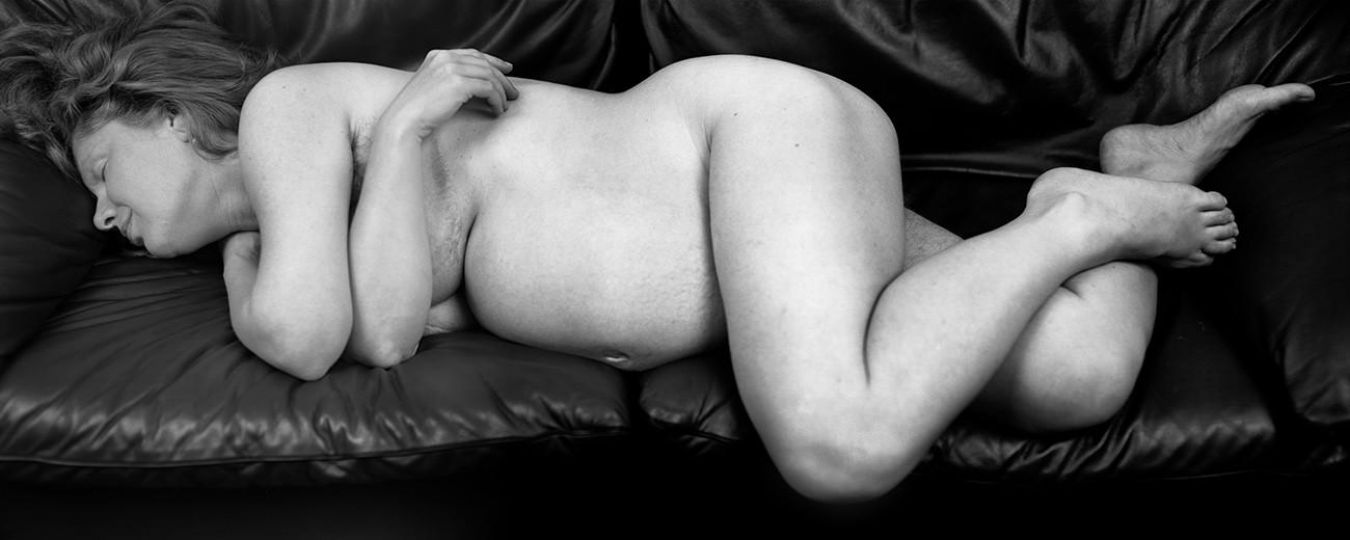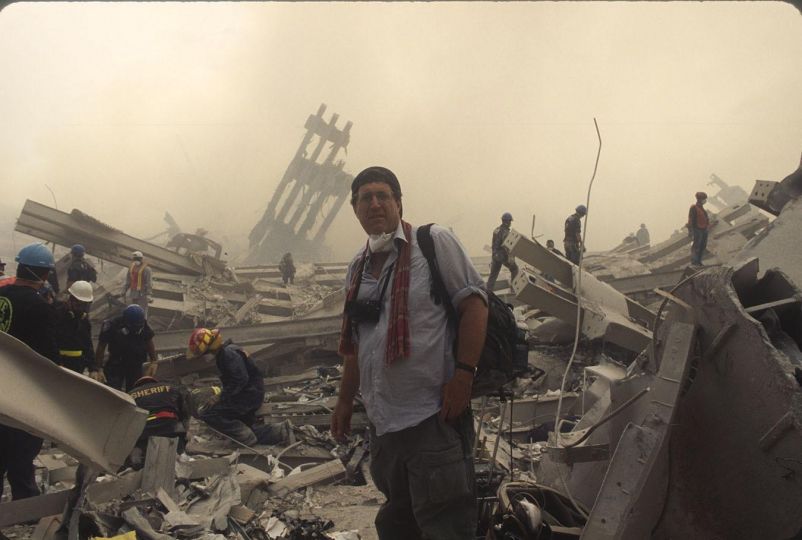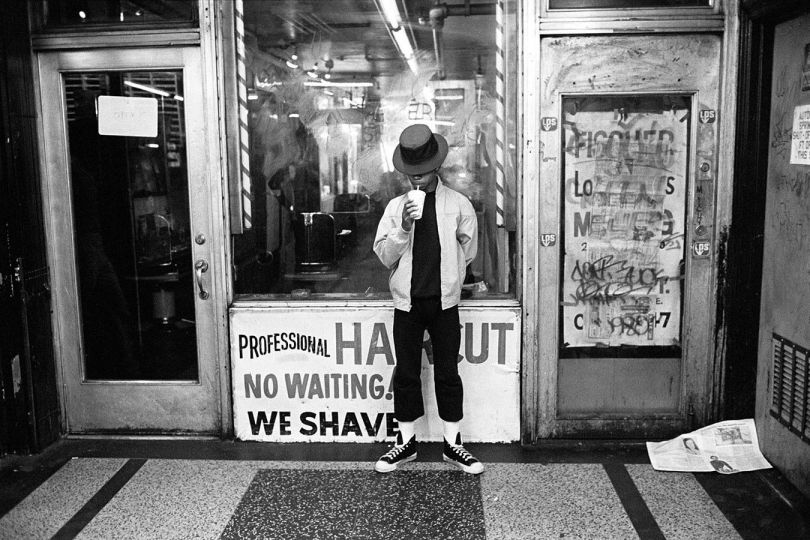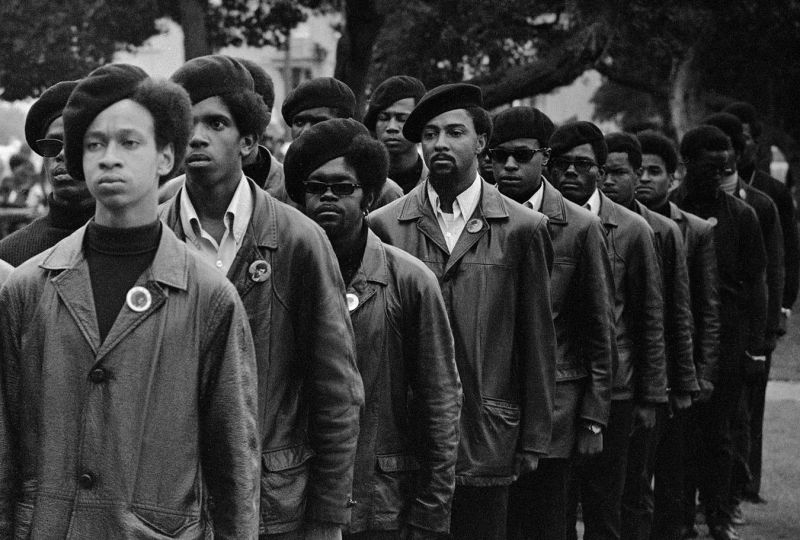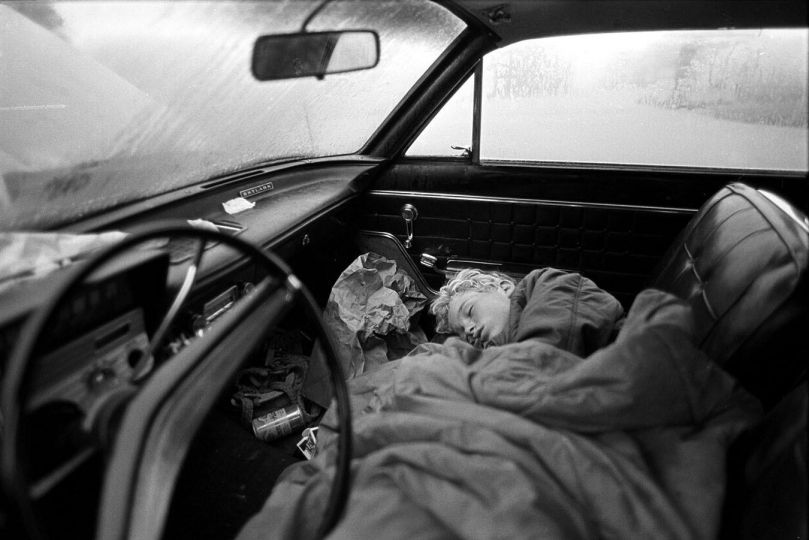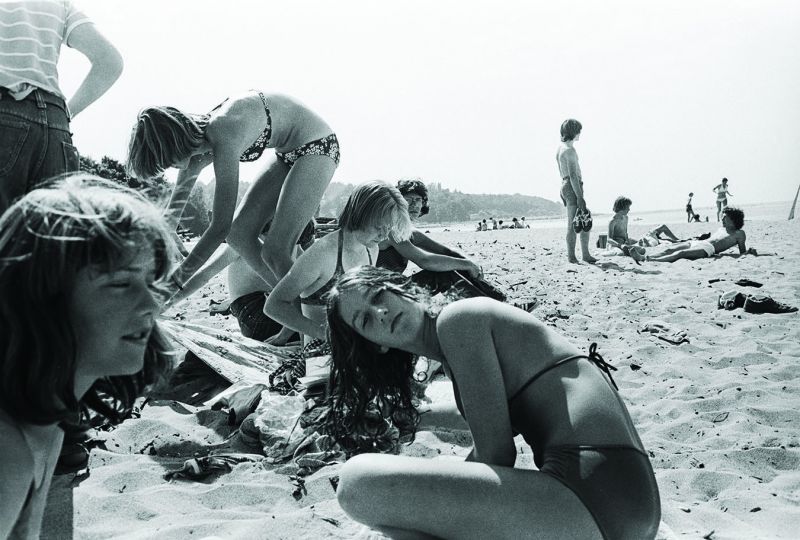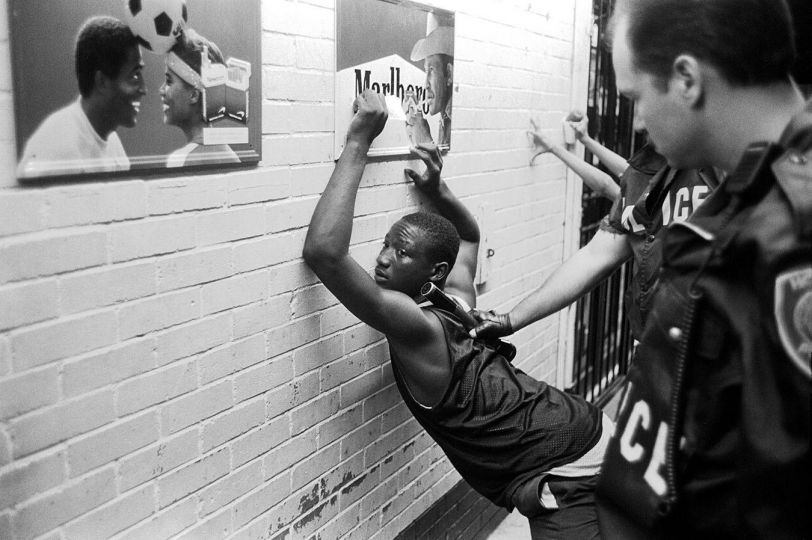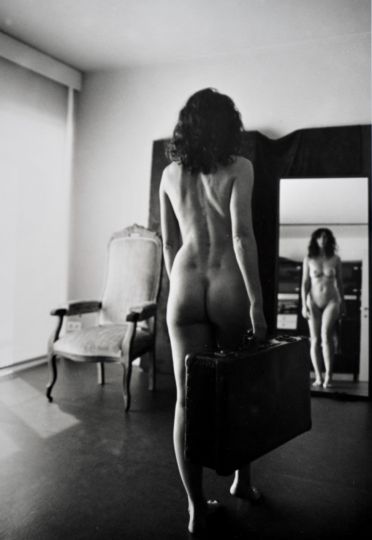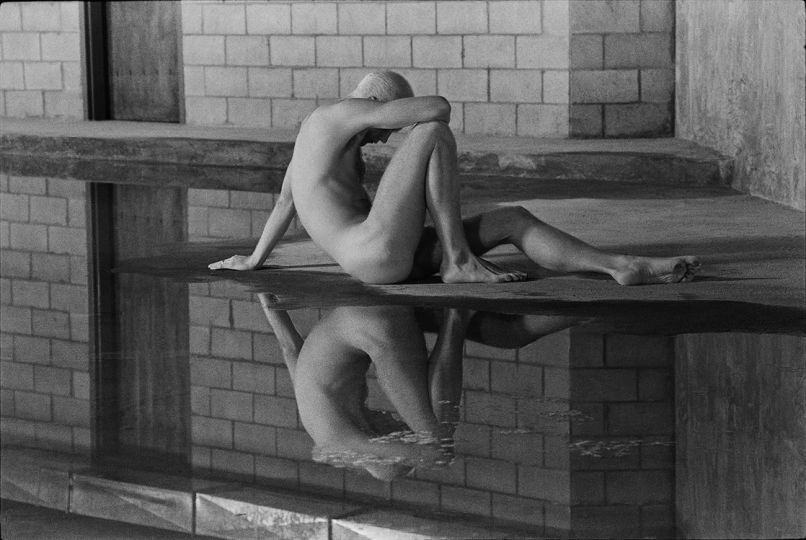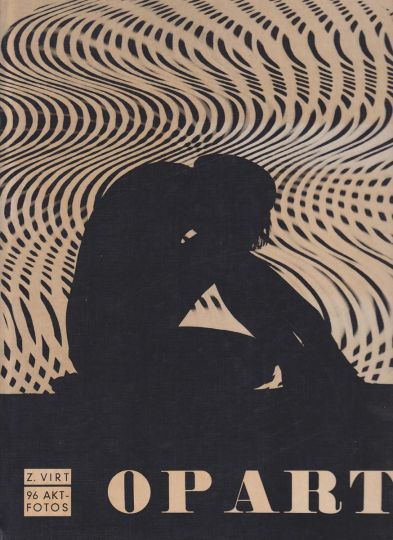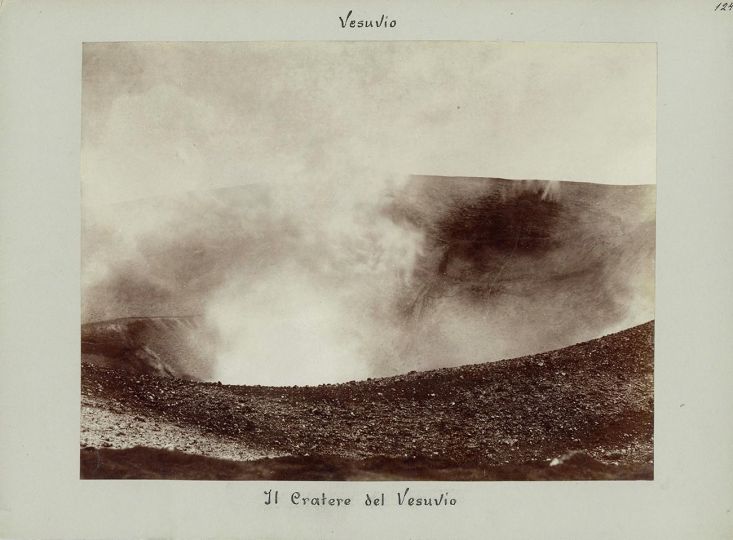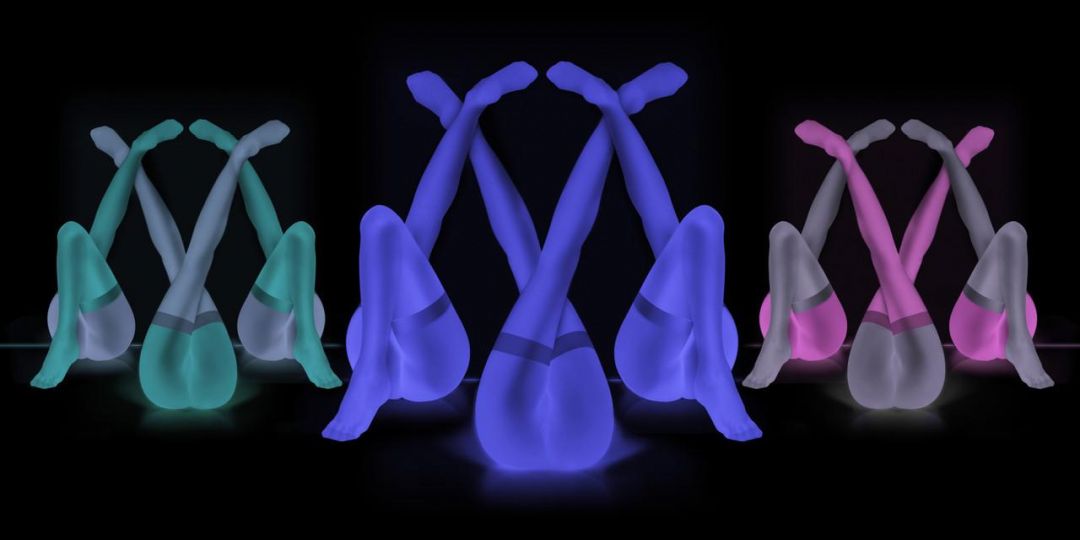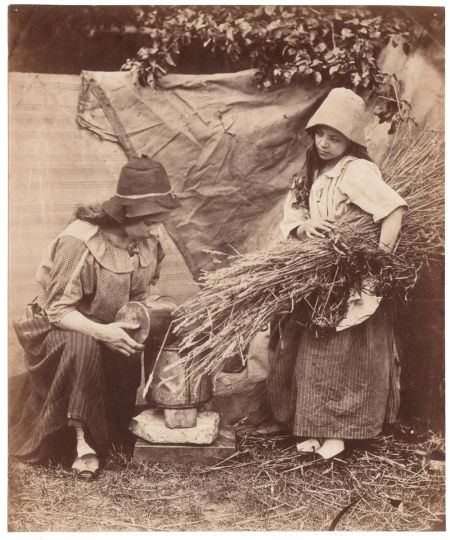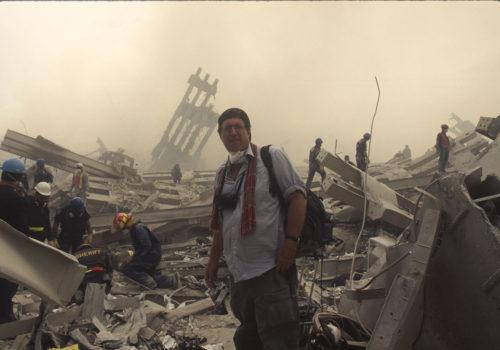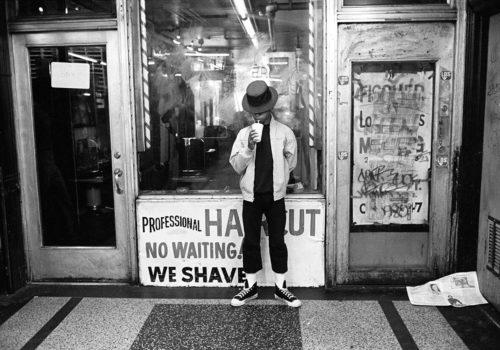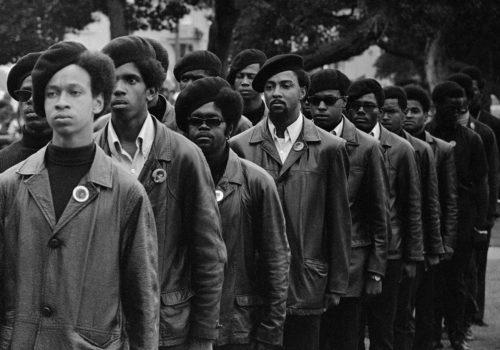Loïs Conner : The sculpted moment
Loïs Conner carves time through the lens of her large-format camera, unfolding black-and-white landscapes with an almost calligraphic depth. Influenced by traditional Chinese painting, she captures the world’s metamorphoses, tracing the impermanence of forms and the memory of places—particularly in China, where she has been photographing since the 1980s. Her gaze, both precise and contemplative, transforms each image into a visual meditation, balancing documentary insight with poetic abstraction. Though her name is synonymous with vast horizons, Conner has also turned her lens toward the intimacy of the human body, with a striking series dedicated to pregnant women. Here again, her work transcends portraiture, bordering on allegory: in her minimalist, light-drenched compositions, the curve of a belly becomes a landscape, the silhouette a sculpture, resonating as a universal echo of motherhood. Between strength and vulnerability, she magnifies this moment of transition—where the body, on the threshold of creation, becomes a work of art itself.
Website : www.loisconner.net
Instagram : @loistrueblue
News : « To Be » by Lois Conner (L’Artière : www.lartiere.com)
Your first photographic trigger?
Loïs Conner : Light.
The man or woman of image who inspired you?
Loïs Conner : Helen Levitt, June Leaf, Eugene Atget.
The image you wish you had taken?
Loïs Conner : The Atget photastaphRoute, Amiens (a tree growing into a small structure)
The one that moved you the most?
Loïs Conner : Dorthea Lange’s-‘Migrant Mother’ and Andre Keuteszie “Satirical Dancer’
And the one that made you angry?
Loïs Conner : Nick Ut’s photograph, “Napalm Girl”, of a girl running, burned with napalm. Taken outside the village of Trang Bang on June 8, 1972.
Which photo do you think changed the world?
Loïs Conner : Probably the first photographs by Louis Daguerre and William Henry Fox Talbot
And which photo changed your world?
Loïs Conner : Robert Adams, photographs from ‘The Missouri West’
What interests you most in an image?
Loïs Conner : How form and content merge into something indescribable.
What is the last photo you took?
Loïs Conner : A portrait of Andrea Modica
A key image in your personal pantheon?
Loïs Conner : The ‘Ladder’ photograph made in Hangzhou in 1984. It was acquired by the Museum of Modern Art in 1986.
A photographic memory from your childhood?
Loïs Conner : My father making a portrait of me with my Gerandletbet and me thinking that he couldn’t possibly see me if I subtly stuck out my tongue a little bit (he was using a double lens reflex, so he had to look down into the camera to focus). I found this picture a few years ago, so it wasn’t my imagination
In your opinion, what is the necessary quality to be a good photographer?
Loïs Conner : Passion, patience, and a subject that means something to you, even if it’s for a fleeting moment.
What do you think makes a good photo?
Loïs Conner : There are no rules, fortunately. There can be no content without form or form without content. You can’t tell someone what to photograph or how, it has to come from their visceral response to the world.
Who would you like to photograph?
Loïs Conner : All the Nobel Prize winners.
An essential photo book?
Loïs Conner : Walker Evans, American Photographs
The camera from your childhood?
Loïs Conner : 2 ¼ Yashica double lens reflex camera
The one you use today?
Loïs Conner : 7°xl7 Chamonix view camera; 8×10 Deardorff
An upcoming project that is close to your heart?
Loïs Conner : Andre Palladio’s architecture in the Verona area of Italy.
Your favorite addiction?
Loïs Conner : Photography and chocolate.
The best way for you to disconnect?
Loïs Conner : Watch movies, walk long distances looking at trees, spending time in my darkroom, visiting my grandnieces and nephews.
What is your personal relationship with the image?
Loïs Conner : Something that I created.
By whom would you like or would you have liked to be photographed?
Loïs Conner : I would have liked to have been on an expedition with Timothy ‘Sullivan. I could have stood in for scale when he needed me to or and I could help him develop his wet plate collodions. Also, Philippe Lalswoan
Your latest folly?
Loïs Conner : Continuing my self-portraits.
An image to illustrate a new banknote?
Loïs Conner : Portrait of a woman, (an inventor or an artist)
Color or black and white?
Loïs Conner : Black and white mostly. Though I have a few color projects from the last decade, including an ongoing self-portrait series, and a series of double exposures of the landscape.
Daylight or studio light?
Loïs Conner : Depends on the subject. If there’s not enough light and I need to stop movement, then I use studio light (like in the portraits of Pregnant Women). Otherwise, I prefer natural light. But I do love the light of the strobe, makes me think of Weess
What, in your opinion, is the most photogenic city?
Loïs Conner : All large cities have their mystery to me, I love photographing New York, Paris, Beijing, Rome and Los Angeles, as do smaller villages and towns. I’m interested in the way people live and the world they build around them.
If God existed, would you ask him to pose for you or opt for a selfie with him?
Loïs Conner : Definitely he/she should pose for me.
In terms of social networks, are you more Instagram, Facebook, TikTok, or Twitter and why?
Loïs Conner : Instagram, it seems to be less about showing off.
Do you think the explosion of social networks has changed our relationship with the image?
Loïs Conner : Yes it has. Most people really don’t look. It’s all about where you are and who is in the picture. No form, only peripheral content.
What does photography represent in your creative universe?
Loïs Conner : It is a way to express myself. And it’s very unpredictable. I go out to photograph with a destination in my mind, but I don’t always reach that place. Most often, I discover something surprising, beguiling or something perplexing en route.
What is the purpose of art, in your opinion?
Loïs Conner : I am an obsessive collector and observer of the landscape. What initially sends me out into the unknown is often a photograph or painting that hauts me because of its absolute unfamiliarity. What I end up uncovering is unpredictable, surprising, and often exhilarating. The purpose of Art is to point out what is important in the world. Art is a malleable medium that can describe what words cannot. Artists create the extraordinary out of very little, based on their ideas and intuition in response to what they consider beautiful, disturbing or completely impossible to describe in any other way.
The job you would not have liked to do?
Loïs Conner : I would have been willing to do nearly any job to survive, and to be able to do my work. Being a public speaker would be the job I would want to do the least.
Your greatest professional extravagance?
Loïs Conner : Film and a car.
What question could make you lose your temper?
Loïs Conner : Depends on when and where it is asked. What camera do you use? Why don’t you use a digital camera? Why black and white?
And the question you wish someone would ask you but never has?
Loïs Conner : When were you first inspired to photograph?
What is the last thing you did for the first time?
Loïs Conner : Parachuting out of a small plane.
The city, country, or culture you dream of discovering?
Loïs Conner : Cairo, Egypt. Arab culture.
The place you never get tired of?
Loïs Conner : New York.
Your biggest regret?
Loïs Conner : Not spending more time with Helen Levitt. Wish I had studied Chinese as a child.
If I could organize your ideal dinner, who would be at the table?
Loïs Conner : Abraham Lincoln, Timothy ‘Sullivan, Carlton Watkins, Eugene Atget, Albert Einstein, Andy Warhol, Pablo Picasso, Robert Adams, June Leaf, Robert Frank, Helen Levitt, Walker Evans, Garry Wirogrand, Dorthea Lange, Diane Arbus, Ella Mailatt, Brice Marden, Sally Mann, Judith Joy Ross, Andrea Modica, Michael Spano.
In your opinion, what is missing in today’s world?
Loïs Conner : Integrity is rapidly disappearing.
If you had to start all over again?
Loïs Conner : I would probably make the same decisions, letting serendipity help me along the way. Although I would have bought Apple stock very early on, when I worked at Stanford in 1983.
Afterward, what would you like people to say about you?
Loïs Conner : That I made portraits of the landscape in New York and Beijing as an homage to Atget’s pictures of Paris.
The one thing people must absolutely know about you?
Loïs Conner : That I am obsessive about nearly everything I take on.
A final word?
Loïs Conner : Hoping to publish my book on Lotus next year.

